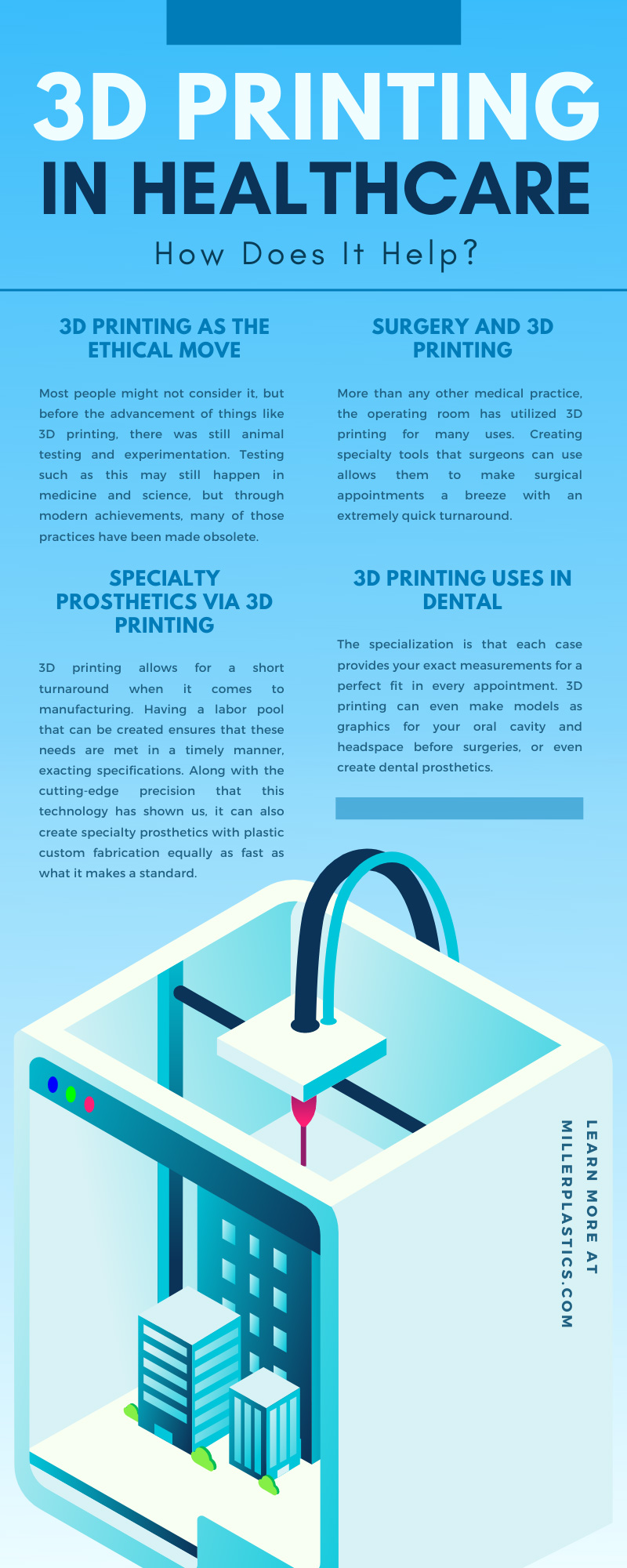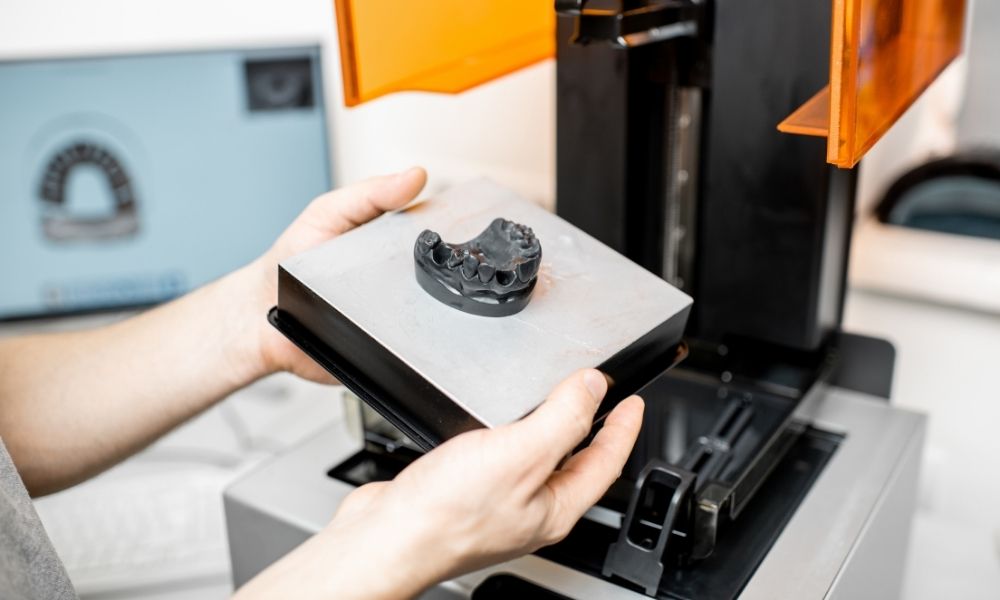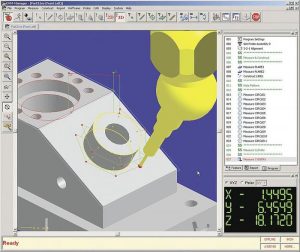Technological advancement in science and technology directly influences and benefits medicine. Living in the digital age means that we must advance, and so should our medicine. The rise of this artificial intelligence makes it critical to understand the help 3D printing brings to healthcare.
The technology itself has such limitless potential, especially in medical applications. Things like 3D imaging have already been in use for years. But now, with the advent of 3D Printing, medical practitioners and scientists can regenerate human tissues, create surgical tools, and create organ replicas for study and operation.
3D Bioprinting on the Frontier of Tissue Regeneration
Unlike anything you have seen before at any time in history, 3D printing is revolutionizing how society views medicine. It has now allowed for tissue regeneration with focus on all the stem cell research and advances like crisper coming into the fray. Coming from even the cellular level makes this technology quite remarkable.
A sneak peek of what science can do with 3D printing even covers soft tissue and vascular systems. And while organ development is still working out its kinks, simple iterations like bladders have been created. These same organs are being surgically implanted with high success rates. Even reproduction of blood cells and cellular reproduction has been a major benefactor in testing and medical stocking for blood banks.
Medical Manufacturing as a Result of 3D Printing
With things like global pandemics on the rise such as COVID-19, there is now a market for medical manufacturing. And while medical workers could not get materials fast enough, 3D printing fits the bill to help with medical-related necessities. Beginning with the mass production of PPE (Personal Protective Equipment) like face masks and ventilators is the first step to further the advancement of 3D printing in medicine.
As horrific a year as 2020 was, this revolutionized how the world would view 3D printing. Our first line of defense was in preserving and protecting ourselves. Having face masks available would prove to be paramount in fighting such a disease. But with the means to produce a limitless supply by working around the clock, this became new territory for marketing and manufacturing.
3D Printing as the Ethical Move
Most people might not consider it, but before the advancement of things like 3D printing, there was still animal testing and experimentation. Testing such as this may still happen in medicine and science, but through modern achievements, many of those practices have been made obsolete. Having the ability to measure and design digital formats and replicas of the human anatomy has made a huge impact on how new medical technology is being produced and brainstormed.
Regardless of whether animals may need medical treatment, this does not give us special permission to work and experiment on them. Besides being inhumane, this is an unethical and unacceptable practice. With 3D printing on the frontier, we can avoid this altogether.
Specialty Prosthetics Via 3D Printing
In the context of medical prosthetics, technology like 3D printing is a complete no-brainer. Manufacturing has made valiant efforts in working with the medical industry. However, when people need their prosthetics just to live normal lives, this method no longer cuts it.
3D printing allows for a short turnaround when it comes to manufacturing. Having a labor pool that can be created ensures that these needs are met in a timely manner, exacting specifications. Along with the cutting-edge precision that this technology has shown us, it can also create specialty prosthetics with plastic custom fabrication equally as fast as what it makes a standard.
3D Printing Uses in Dental
Like its counterparts in orthopedics, dental has made itself available to the genius of 3D printing. The availability of things like invisible braces and dental prosthetics are also on the rise. With the dread that most people have regarding doctor’s offices and orthopedics in general, perhaps this can lighten those phobias.
The specialization is that each case provides your exact measurements for a perfect fit in every appointment. 3D printing can even make models as graphics for your oral cavity and headspace before surgeries, or even create dental prosthetics. There is no limit to the possibility of what 3D printing can achieve with the proper calibration and creative minds to design whatever they see fit.
Surgery and 3D Printing
More than any other medical practice, the operating room has utilized 3D printing for many uses. Creating specialty tools that surgeons can use allows them to make surgical appointments a breeze with an extremely quick turnaround. These specialty tools also give them perfected dexterity that they typically would not have otherwise, as they are specific to each surgical procedure.
With practices like this in place, it makes surgery less horrific and more of a generalized procedure. This also lessens the trauma felt by patients, which is often very common after surgeries. So now, both the surgeon and patient can go home feeling satisfied that the operation went well and was a breeze to get through.
General Benefits of Using 3D Printing
Looking at the overall benefit of the economy when it comes to manufacturing should also address 3D printing. Knowing the quick turnaround, minimal use of materials, and the carefully calibrated system in place makes it cost effective. This is yet another reason to make the trade-off as the world advances in science and medicine.
The nature of the high-grade polymers, metals, and elements that are used all benefit the sterilization capability of 3D printing in medicine. It is standardized throughout medical practice to sterilize, as hospitals and patients harbor germs and diseases, making it yet another viable asset in the medical industry.
As we move forward in our technological and scientific advances, we too must use practices like these to benefit from such advancement. Knowing how 3D printing affects healthcare and the benefit it brings is among one of the prime examples of what this stands for. Having the necessary foresight moving forward can prove to have limitless possibility with healthcare and our own standard of living.





